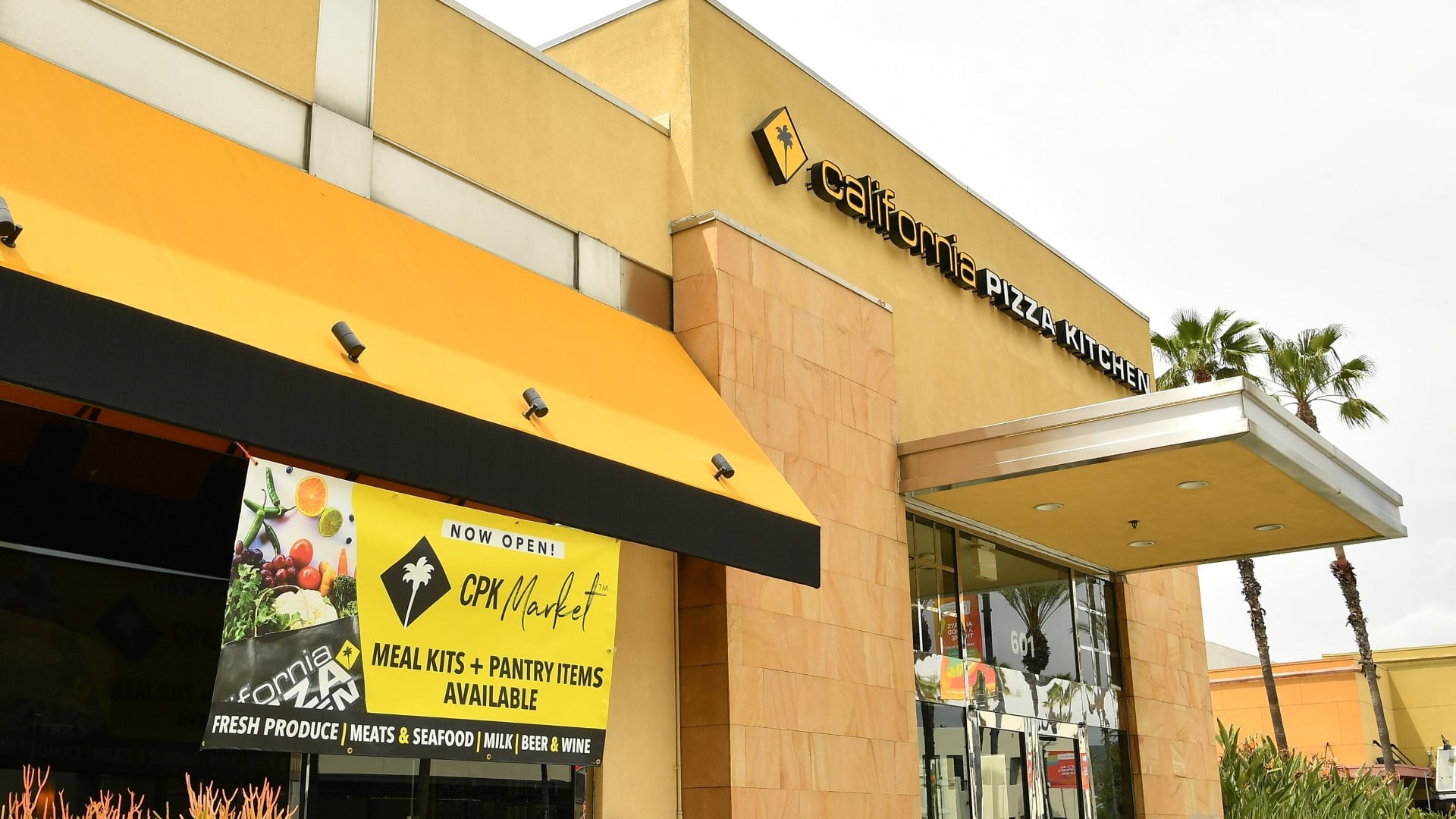Returning a product has never been seamless. Tags get ripped. Boxes are shredded. And confusion abounds over when, where, and how certain items can be sent back to the seller.
Rising e-commerce sales amid the COVID-19 pandemic have only complicated the process. More and more consumers are buying items without seeing or touching them, and these same orders are arriving in a cardboard box or plastic bag designed for a one-way trip.
As shopping at brick-and-mortar stores has declined in 2020, retailers have been forced to adopt new practices. Making the possible back-end of a product's journey — the dreaded return — a little easier has become essential for businesses looking to retain online customers.
"2020 is definitely going to be a year where return rates are going to be considerably higher than what we have seen in the past, and that is not just because of the increase in order volumes," said Sri Sridhar, CEO of LateShipment, a post-purchase technology company.
The inherent uncertainty of buying online is another factor, and one which retailers are increasingly compensating for with easier return and refund options.
"It's exceptionally simple to order something and have it show up on your doorstep, but typically the process for returning that product has been much more drawn out," Sridhar said. "You probably had to get in touch with a support team. Maybe you had to send an email. This kind of leaves a bad taste, especially when it's a product that you want to return as soon as possible."
In the past, he added, companies arguably made the process more difficult to discourage customers from making returns and clawing back their money. But now, as e-commerce takes up a larger share of sales, more retailers are thinking longer-term about customer satisfaction.
"We are seeing customer-friendly, customer-centric merchants making their return policies very liberal, because it incentivizes people to come in and shop with the confidence that things will be taken care of if they don't like it," he said. "The return experience itself is an opportunity to earn a lot of customer goodwill."
Take Your Time
One simple way of doing that is giving customers more time to make their returns, whether they're buying in-store or online.
"One thing that we're seeing is changes in policy, specifically around the window that people have to return things," David Sobie, CEO and co-founder of Happy Returns, a provider of reverse logistics for online retailers. "A lot of merchants are extending the time. That's not necessarily unique to COVID, but I think COVID has exacerbated it."
Major retailers such as Target and Walmart have extended their return policies to 90 days after the purchase. Others have been even more generous: Kohl's and Home Depot offer a 180-day window, and Patagonia and Nordstrom have no time limit on returns.
Of course, there are qualifications aplenty. Sometimes customers only get a gift card or store credit after a certain time period, and certain items, electronics in particular, tend to have stricter return policies.
Rethinking Shipping
For online purchases, however, how you make a return may matter as much as when. The prevailing practice of asking customers to print a shipping label on their home printer and haul the product to the post office or a shipping outlet such as FedEx or UPS is falling out of fashion.
"For a long time, that process had a lot of friction," said Krish Iyer, head of industry relations for ShipStation, another shipping software company. "You have to have a printer. You have to have the right packaging. For a lot of people, returns sit in their car for at least two weeks."
Iyer said that one answer lies in the packaging itself, which should be adapted for easier repackaging and reuses, rather than one-and-done poly bags. He also pointed to more technological solutions, such as QR codes, that allow the customer to print the label at a given store location or drop-off center. Amazon’s Online Return Centers have done this for years.
As for the shipping itself, who has to bear the costs of this process is another sticking point.
A 2017 survey from Happy Returns and Forrester Research found that 56 percent of consumers said they are much more likely to shop online if a retailer allows free returns and an immediate refund.
Unfortunately for retailers, the expectation of free and easy returns is growing at the same time that the cost of shipping is increasing. In addition to steady rate hikes from shipping carriers in recent years, the pandemic has added a number of extra costs.
"Free returns aren't free. They're just subsidized," Sobie said. "This year, layer in COVID surcharges, layer in holiday surcharges, layer in that in some carriers are limiting the number of packages that some of the big shippers can send. So logistics has gotten a lot more expensive."
This has forced retailers to get creative in what kind of return options they offer, and which ones have the label "free" attached to them.
"We're seeing a lot more retailers say, 'Hey I know that the shopper wants a free return. I'm going to make the one that's lowest cost to me the one that I subsidize,'" Sobie said.
In many cases, that means offering free in-store drop-off along the lines of what Amazon has been offering in Seattle for years through partners such as Kohl's and Whole Foods. Customers can bring their product to a physical store or to a drop-off location provided through a third-party company such as Happy Returns.
"The era of free returns by mail is ending," Sobie said.



